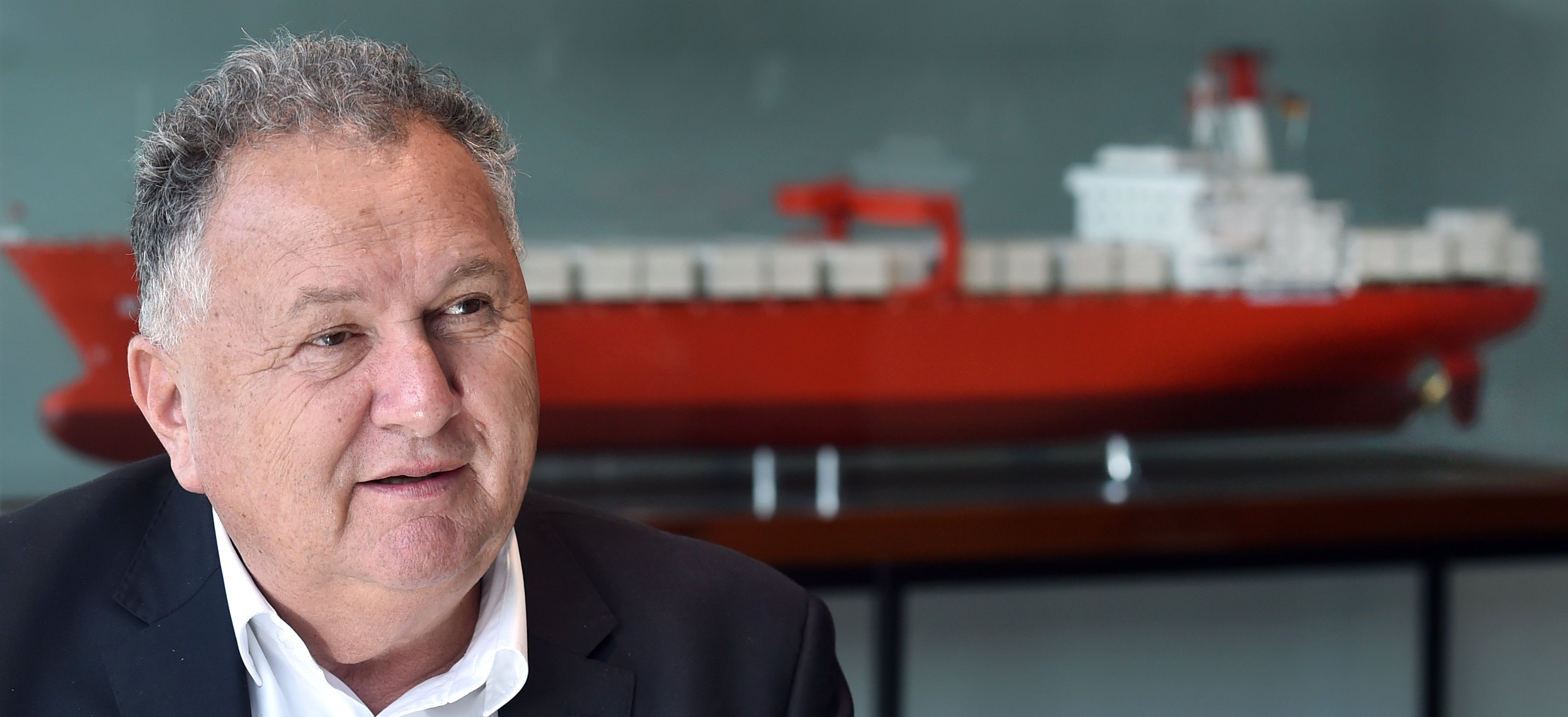The National-New Zealand First coalition agreement provided for about $400 million a year in capital funding for the term, Mr Jones said.
Approved projects would include a mixture of hard infrastructure and public-private partnership investments where "one and one can equal three", the NZ First MP said.
Local government leaders and other "key stakeholder leaders" should be in touch with Kānoa, the regional development team based in the Ministry of Business, Innovation and Employment (MBIE), which would begin to assemble a range of projects for consideration.
Large-scale projects would require Cabinet’s approval, while projects that were "of a smaller scale" — such as those that would come in under $20 million — would instead require authorisation from "a collection of ministers".
"There is going to have to be some prioritisation," Mr Jones said.
"If I look around Otago, how would you prioritise in an area which is export-rich, but with a static population — would you focus on roads, would you focus on supply connectivity?
"Obviously, there’s an investment taking place in the hospital.
"And I think rather than Wellington-based politicians making those calls, I’m wanting to put the acid back on Otago leadership."
Regional leaders should "try and group together" to prioritise projects that might address "flood resilience, climate resilience, economic productivity".
"It’s not an inordinate amount of money, but often if you’re spending money in association with someone else’s money, it gets a project over the line."

For example, he had been approached by West Coast leaders who had impressed upon him the need to "tart up" Hokitika Airport in order to capitalise on the region’s natural resources.
Mr Jones was in Otago for the second time in a matter of weeks yesterday and toured Port Otago properties.
At the beginning of March, Mr Jones visited Santana Minerals’ Bendigo site, where an open pit gold mine has been proposed.
This trip south, Mr Jones visited Port Otago where he said he was keen to understand how the port company maintained its social licence, but also the operation’s ability to expand.
However, Mr Jones said Port Otago chief executive Kevin Winders impressed upon him there was no opportunity to expand on its Port Chalmers footprint.
Mr Jones confirmed he also visited a Mosgiel site tipped as a possibility for an inland port where freight could be transferred to railway lines for the final leg to Port Chalmers.
"Infrastructure development of that nature is not cheap and it will take place over time, but just look around the port where we are — it’s a choke point.
"And if we want to grow the economy, investors and other stakeholders need to have confidence in the logistical supply line.
"That site and the inevitable infrastructure development is going to play a key role in unleashing further dynamism in the broader Otago export economy."












